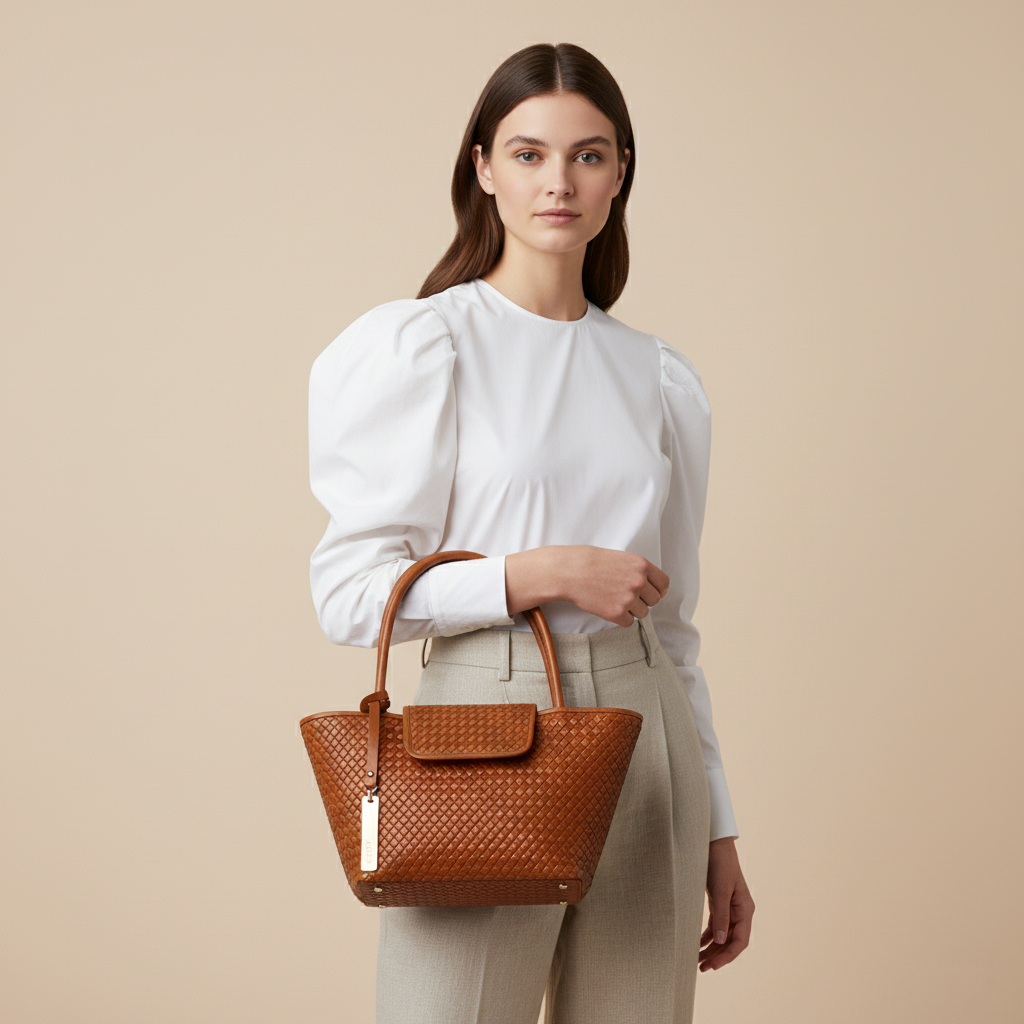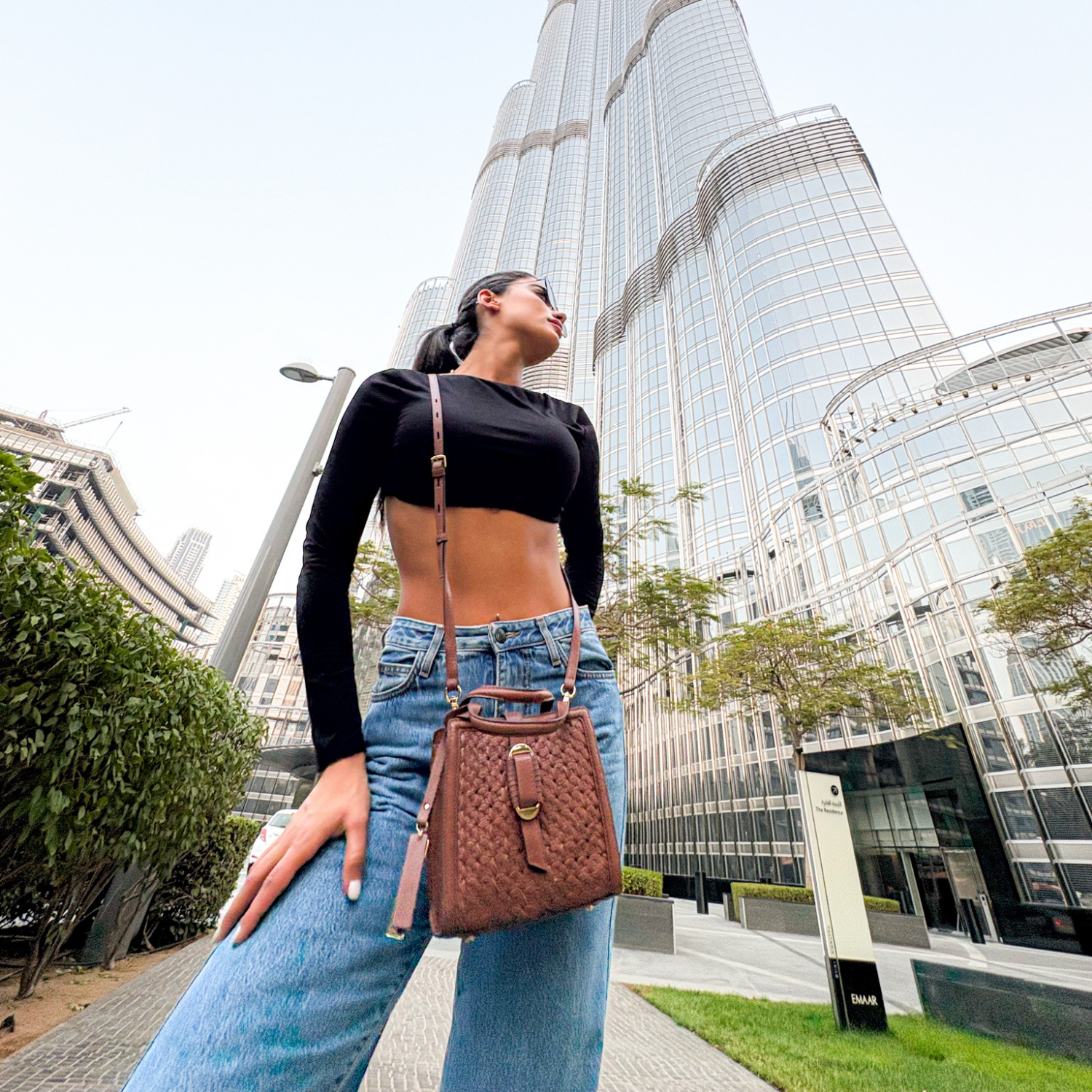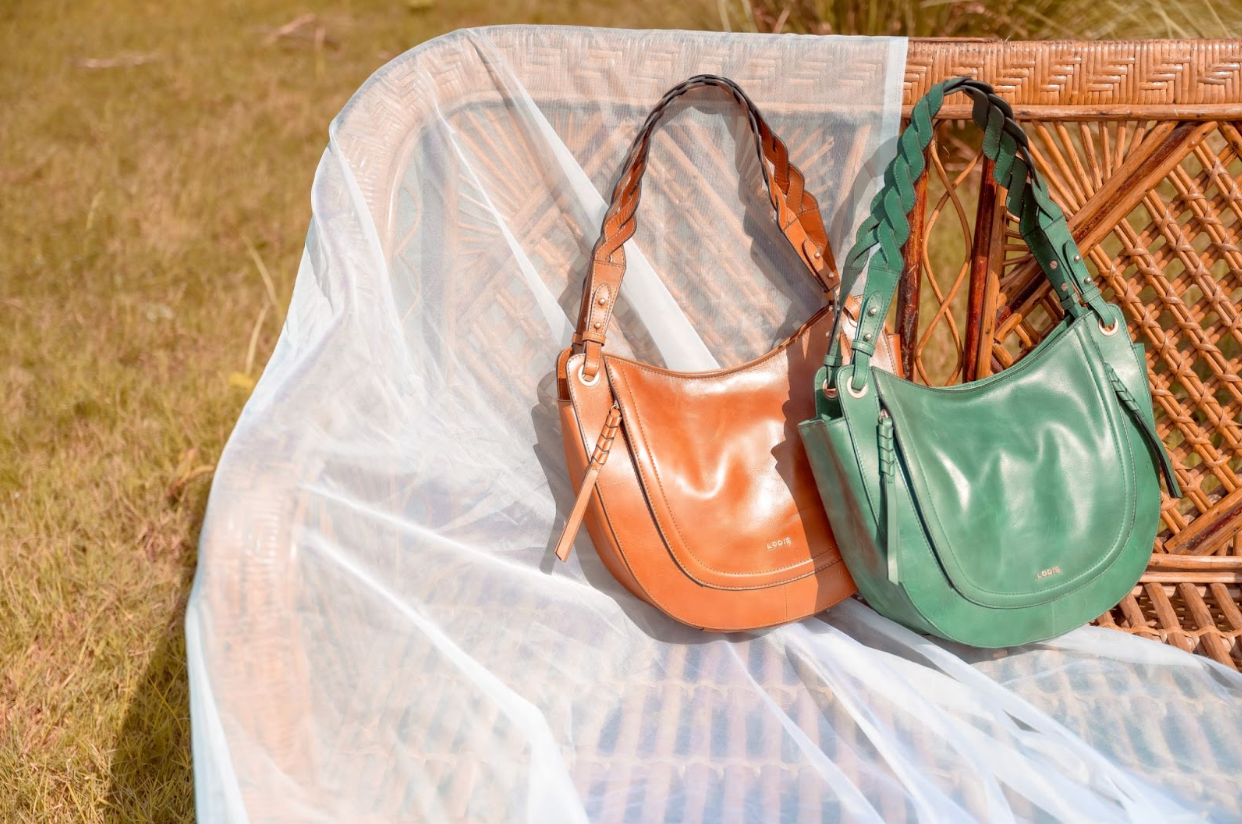
Demystifying the ‘It Bag’: Fashion History
Pop culture has dictated public taste (and distaste) for decades. With television, radio, and now the internet - what gives a commodity the status of being ‘It’ is a science and an art. Being ‘it’ is to have the allure of being wanted, and the power to decide who deserves it. And even though many of the ‘It Bags’ we know of today as the iconic markers of history - the term itself was not coined until the 90s.
But what exactly makes an ‘It Bag’? What is it that makes people spend thousands of dollars on handbags and have no one question them. They are the emblem of everything that's ‘au courant’, but why? Let’s put a rest to these questions of mystic consumerism.
What is an ‘It Bag’?
An It Bag is a popular bestseller, it is at the behest of pop culture and the status symbol of a generation. The best part about it - it is comically inaccessible to the general population. Designer handbags that were risqué, new, and gorgeously avant garde (and hence, outrageously expensive) were considered ‘It’. You couldn’t have it, but oh how you wished you did.
Vogue called the It Bag - “that totemic accessory that announced you were the owner of all that is desirable in the world.”
But there are factors that go into the making of a status bag. Not just the manufacturing but also what makes it so covetable. There’s a history, and a careful study of the market and its people.
How Rarity becomes an Asset
The Lady Dior, previously known as the ChouChou bag, was launched in 1995. With only 140 pieces produced, it became an instant hit after being sported by the most photographed woman in history. Princess Diana. But the fact that only 140 of these bags existed in the market made it a sensation that we know of it today. Many of these high end Paris dwelling designers gifted their bags to models and actresses, and waited for the paparazzi to catch on. They knew: exclusivity is expensive, and often high in demand.
With the 1984 Prada Nylon Backpack, the limited supply gave birth to the modern concept of the Waitlist. People lined up from the night before, and this anticipation was highly marketable.
The Waitlist
The sellers knew there was profit in rarity. They had caught on to the biggest paradox of the era - popular bestsellers are not for the population. The supply was scarce, and the demand was extremely high. The basic laws of economics allowed these designer bags to thrive. Because if you were on the waitlist of a highly coveted item - you had to be a celebrity.
If we were to look at the politics of manufacturing deliberate scarcity, the ethics may get sketchy. But this was the late twentieth century - cancel culture was not a thing yet.
TV and The Carrie Bradshaw Stamp of Approval
The 90s was the era of sensationalism, page 6 and television celebrities. Sex and The City had made a TV debut in 1998, and changed the narrative of the chick-flick genre. Carrie Bradshaw, played by Sarah Jessica Parker, became television’s favorite fashion icon.
It is a testimony to the early influence of primetime tv on pop culture, that Carrie Bradshaw’s wardrobe (and accessories) were noted, written about and fawned over by fans all around the world. This was, especially, the case of Fendi’s experimental Baguette Bag launched in 1997. The Baguette’s rise to fame can be attributed almost completely to the popularity of Sex and the City.
In a 2016 Vogue article titled ‘The Return of The Aughts Era It Bag’, Janelle Okwadu writes ,“In the 2000s, bags got weird, expensive, and impossible to ignore.”
The Saddle Bag was designed by John Galliano and launched by Dior in the 2000 Summer/Spring collection. It was refreshing, new, asymmetrical and unlike handbags before this - it was made to be held at a length in the crook of your arm. And soon after its launch, it was sported by Carrie Bradshaw - and soon after took the stamp of being the new ‘in’ thing and was shipped to the hall of fame.
So is the power of TV and the singular power of the photograph (as in the case of the Lady Dior). In a world as we live in now, with OTT and social media offering a buffet of content - will gourmet preferences like that of the ‘It Bag’ era prevail?
Can we make an It Bag today?
Rebag’s 2021 Clair Report hints at a revivalist movement of Luxury. The It Bags of the Aughts era are making a comeback in 2022.
The rise of Newstalgia - New Nostalgia, in the form of fashion crossovers is becoming more and more prevalent. Consumers want to experience nostalgia and still feel the sense of freshness that innovation provides. A thin line to walk upon.
You can see this in crossovers between old classic and the new chic brands. We are reinventing classics and keeping the modern tenets of environmental awareness and minimalism in perspective. Gucci x Balenciaga is a fine example for this. Launching this collection, Gucci announced, “Speaking to the staying power of the Maison and how profusely it contributed to the vocabulary of pop culture, lyrics from songs featuring the word Gucci can be found on a selection of styles”.
The ubiquitous authority of the classics in pop culture and popular consciousness can never be replaced by passing trends. However, as was the 2010s - the decade the It Bag died – death and revival is a part of the lifecycle of thoughts.
But luxury should not be. Neither should it be inaccessible, or a secondary dream of photographs. Our handbags are here to change the story.











